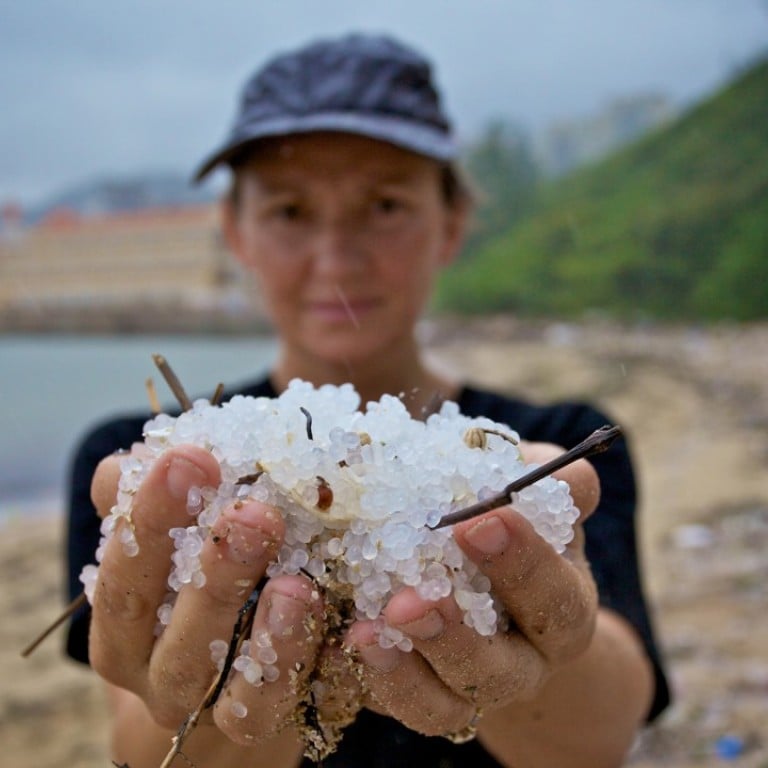
An environmental activist and the book that changed her life: Earth from Above
- When Plastic Free Seas founder Tracey Read stumbled upon an exhibition of aerial photos by Yann Arthus-Bertrand in Paris and later bought the book, she had little idea of the impact it would have on her future
Earth from Above (1999), a United Nations-sponsored book of aerial photographs by environmentalist, writer and photographer Yann Arthus-Bertrand that also formed a giant exhibition in Paris’ Jardin du Luxembourg, shows both the breathtaking beauty of the planet and the devastating impact mankind has wrought on it.
Tracey Read, founder of Hong Kong-based charity Plastic Free Seas, explains how it changed her life.
Plastic Free Seas founder rallies support for green cause at home
I stumbled on the exhibition of the book while backpacking in Paris and then bought the book later. It was in the early 2000s. I was on my first trip out of Australia, in my early 20s and off exploring the world, footloose and carefree, with no plans. The exhibition was there for quite a while, all out in the open, which I guess is what [Arthus-Bertrand] wanted, as it’s all about nature.
Earth from Above was produced before drones, and it offered such a different perspective. I had never seen landscapes from the air like that before. They were from all over the place, in so many different countries. Combining the stunningly beautiful images with the often stark realities of human impact was really powerful.
The realities behind so many of them were shocking. I had a sheltered upbringing in a small town in Australia and didn’t get exposed to that kind of thing. It opened up my mind to so many things. I was there at the exhibition for hours, just reading everything and having my mind blown.

The images are stunning and so beautiful. Then you read about them and you realise many of them are about pollution. There are two I particularly remember: one was of an aircraft graveyard in a desert, which just seemed too absurd; and the other was the one used on the book’s cover, of a giant heart in the rainforest (a natural phenomenon that occurred next to a nickel mine in New Caledonia, in the southwest Pacific).
Earth from Above is so effective because it first hooks people in and then shocks them. But it’s also positive and presents such beautiful landscapes. It makes you realise that there’s so much to love and to protect.
For me, this was an awakening – it made me realise that there’s a big world out there and we have a significant impact on it. I started thinking: what choices can I make that won’t contribute to what is happening in those pictures? I never thought my life would take the path it has, but I moved to Hong Kong, which faces serious environmental issues, and it all came out.
Earth from Above was my coffee table book when I lived in London for nine or 10 years. It got put in storage after that, but it’s been interesting going back through it nearly 20 years after I first saw it. So many of the issues it talks about – climate change, population growth, food security – are so much more serious now.

